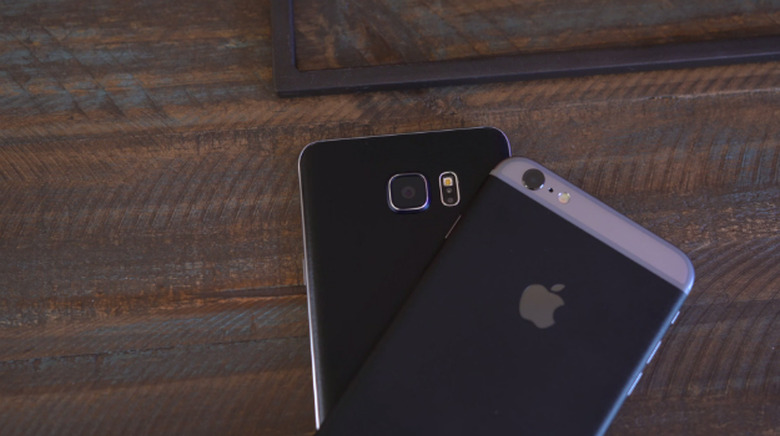Samsung Could Be Out Of The Smartphone Market Within 5 Years
Samsung is the biggest overall smartphone maker in the world, but the last few quarters haven't been stellar for the company when it comes to profits. The South Korean giant isn't Apple when it comes to convincing people to spend massive amounts of money on a flagship device. In addition to the iPhone, Samsung also has to fight against an increasing number of Android device makers that keep lowering the entry-price for handsets that have specs almost as good as Samsung's best phones, yet they're significantly more affordable.
Could Samsung simply disappear from the mobile landscape? That's what one well-connected analyst believes.
DON'T MISS: Comcast's attempt to bash Google Fiber backfires hilariously
According to Creative Strategies researcher Ben Bajarin, Samsung could be out of the phone business in five years.
The analyst says that there are two phenomena currently happening in the mobile business. On one hand there's Apple, which is growing smartphone share in many regions where people said the iPhone peaked, raising average selling prices (ASPs) and convincing more Android users to switch.
On the other hand, there's Samsung, who's "suffering from nearly every symptom found in the You Are Being Disrupted handbook." Bajarin says Samsung is suffering from "The Innovator's Dilemma," and that there's nothing it can do to fix the downturn in its premium handsets business.
"If you are not familiar with the Innovator's Dilemma, it is that, as a market matures, the early innovators get disrupted by competitors who come into their space with lower priced products, similar specs (the specs that matter), and eat into the market share of the early innovator in the category," the analyst writes.
Samsung may have exactly that problem, having to compete with $200 to $400 devices that are good enough for the masses, leaving "Samsung's $600 devices and above on a stranded island." Samsung shipped 84 million smartphones in the third quarter of 2015, the The Wall Street Journal reports. Of those 38% are devices priced at around $200 or below, up 8% compared to last year.
The Innovator's Dilemma did not affect Apple, however, Bajarin notes, though many people predicted it would happen. "The fundamental lesson to learn here is the innovator's dilemma, in this case, only applies to Android land because all the hardware OEMs run the same operating system," he said. "As I'm fond of saying, when you ship the same operating system as your competition you are only as good as their lowest price."
Tizen was Samsung's way of acknowledging the problem, but Tizen devices are yet to gain any momentum.
"I'll make a prediction. Samsung will be out of the smartphone business within five years," he wrote, adding that the problem Samsung has to deal with will also affect other Android device makers, who'll find it harder and harder to create flagships more expensive than $400.
Bajarin's full analysis is available at the source link.
